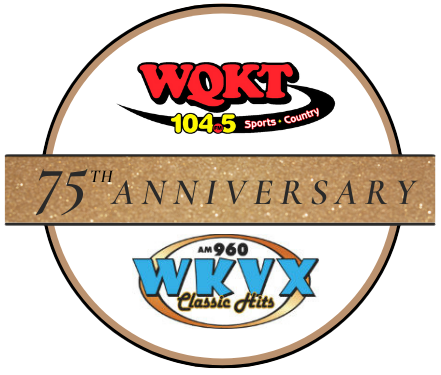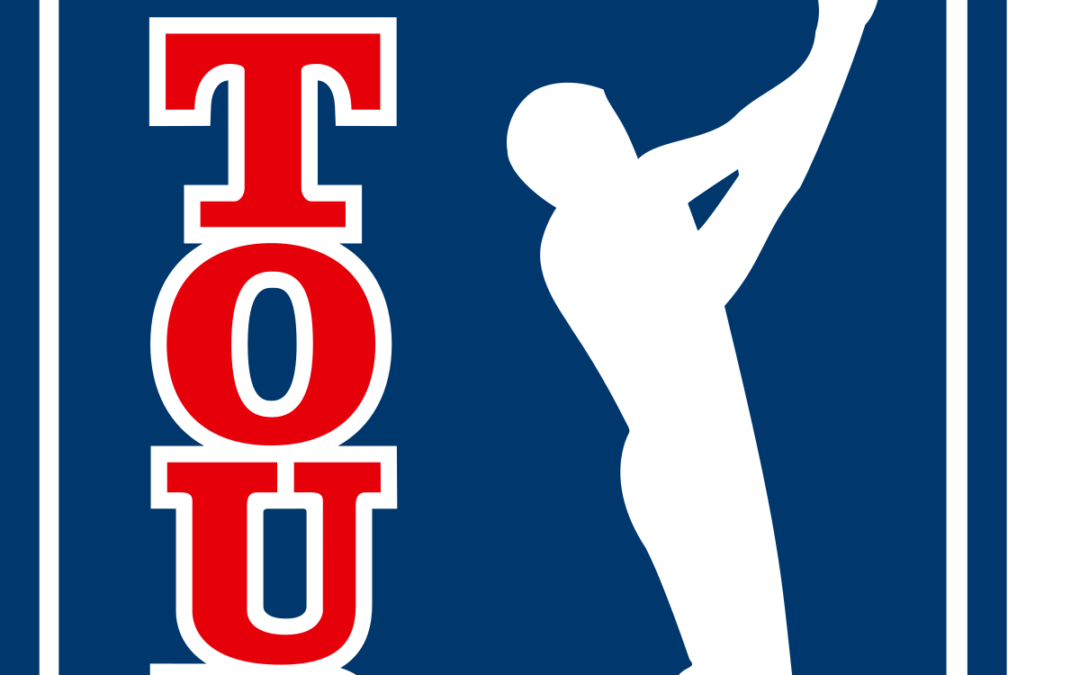The USGA and R&A releases a joint statement Tuesday morning to announce a proposal that would modify the testing conditions for golf balls used in elite competition via model local rule by January 2026, a move that would reduce hitting distances at the game’s highest levels and bifurcate equipment rules within the sport.
Specifically, the governing bodies plan to alter the launch conditions for determining if a ball conforms to the overall distance standard, which allows for a combined carry and roll of greater than 317 yards but no more than 320 yards. Current conditions include balls tested with 120 mph of clubhead speed, 42 revolutions per second of spin and at a launch angle of 10 degrees, with acceptable ranges of variance for each.
Proposed conditions would be 127 mph, 37 revolutions per second and 11 degrees.
These changes, according to the governing bodies, would reduce the average driving distance of elite players by 14 to 15 yards.
The USGA and R&A would both adopt the model local rule once it goes into effect, while other organizations, tours and tournaments, such as the PGA of America, PGA Tour and Augusta National Golf Club, which runs the Masters Tournament, will all have the option to employ the proposed MLR for their competitions.
Should the MLR be codified, there would be two distinct balls: one for elite professional and amateur players, and another for recreational golfers.
The average swing speed on the PGA Tour this season is 115.1 mph with the fastest player, Brandon Matthews, averaging 126.06 mph – in 2007, the first year the Tour measured the stat, the average was 112.37 with Bubba Watson tops at 124.18. And last season, the average driving distance on Tour landed at 299.8 yards, a 13.9-yard increase from 2003.
The belief, and ball manufacturers have confirmed as much, is that current balls used on Tour would all be deemed non-conforming using the proposed testing conditions.





